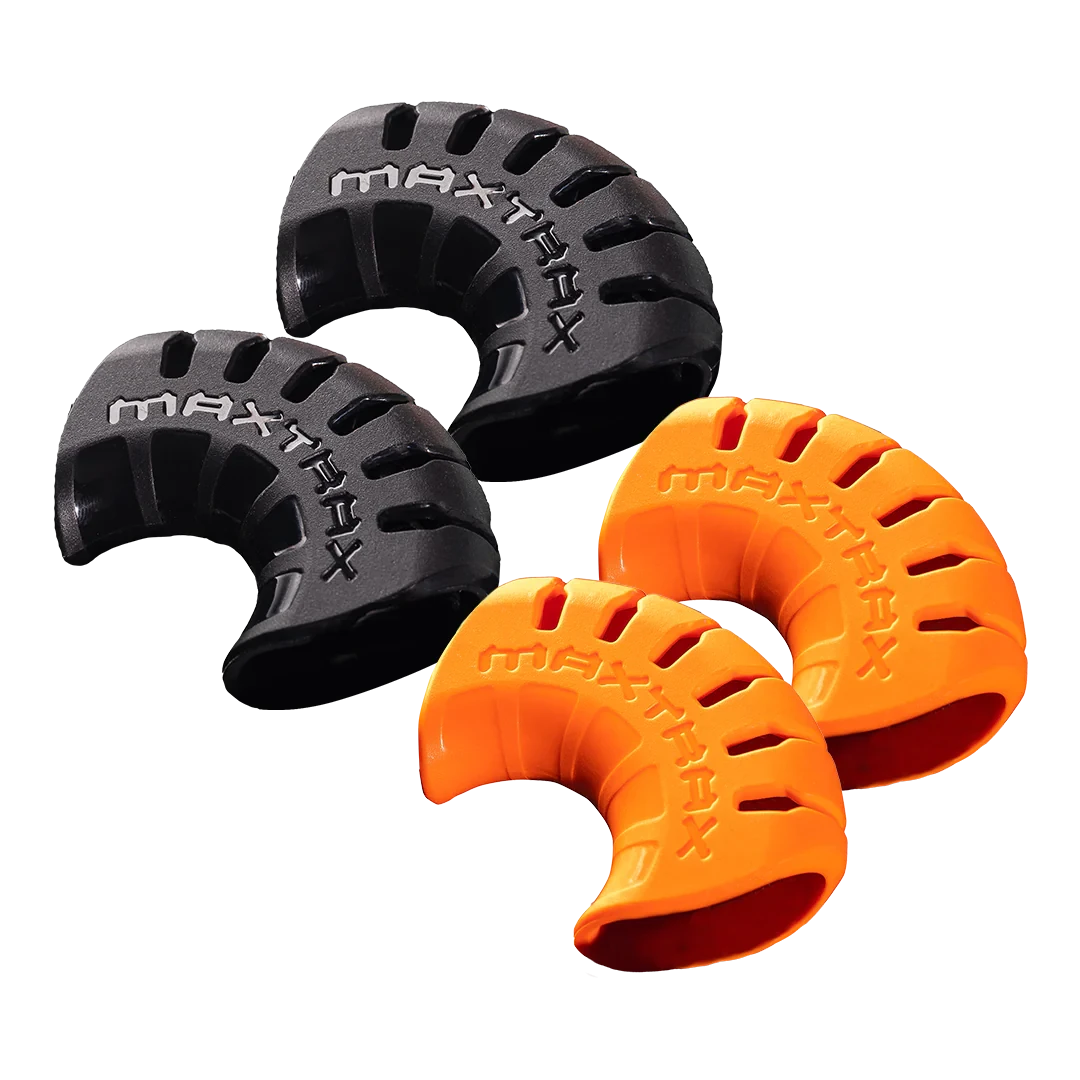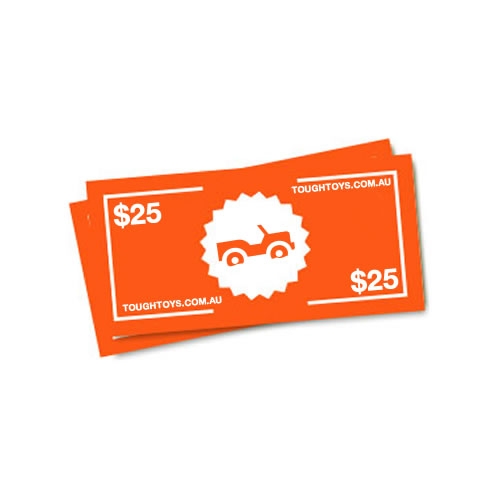Sway Bars & Anti-roll Bars - What Do They Do?
Off road driving covers a multitude of sins, from family days out along a well-maintained dirt track to full-on adventures in the roughest bits of the Outback. Some of us are happy to just get away from the traffic for a few hours while others enjoy being able to go anywhere, and turn their vehicles into real expedition machines. If you’re in the second group the chances are you’ve learned quite a lot about what the bottom of your chassis looks like and what all the bits do – always handy knowledge when you need to fix it – but we find a lot of 4wd experts are still a bit puzzled by sway bars.
Sway bars, also called anti-roll bars, aren’t fitted to all 4wds and Utes in particular often don’t have them. They’re designed to reduce body roll during cornering at high speed, or over rough ground. Obviously fast cornering isn’t going to be an issue when you’re slogging through the mud, but rough tracks can generate a lot of body movement and sway bars can make for a more comfortable ride. That makes them sound like a good idea, especially if you’ve just spent a day having your ears shaken off by some corduroy track. Everything comes at a price though, and sway bars are no exception. They make for a more comfortable trip, but they can also make for a more difficult one when travelling on very uneven ground.
Good traction comes from having all four wheels in contact with the ground. That’s not a problem when you’re on the road, but it starts to become challenging once you take off into the bush and hit some rough ground. That’s why good 4wds have a lot of suspension travel – even when the surface is seriously uneven your wheels will all adjust their height to keep the tyres gripping, and your engine can get on with pulling you forward. The problem is, sway bars reduce the articulation in your suspension. Basically they’re levers that connect opposite pairs of wheels, and the effect is to reduce suspension movement. That’s good when you don’t want the body to wobble all over the place going round corners. It’s not so great when you have a wheel spinning in soft ground.
Some 4wd vehicles have been fitted with aftermarket sway bars, and if you remove these you’ll often find off road performance improves. If it has them as standard equipment it’s usually possible to take them off but you might find that on-road handling becomes unacceptable, or even dangerous. A compromise is to look for replacement bushings to take some of the stiffness out of them – that can give you a bit more grip without turning your steering sloppy.
Often 4wd owners will fit a set of sway bar disconnects to their vehicle. These are for use off road only and should never be left disconnected when on road. Sway bar disconnects allow for the quick removal of the sway bar before travelling off road. This allows you to have the benefits of additional travel and articulation in the suspension but retain the sway bar for on road use.
We recommend fitting a set of quality sway bar disconnects to your 4wd vehicle if you find you are hanging a wheel in the air more often than not.







